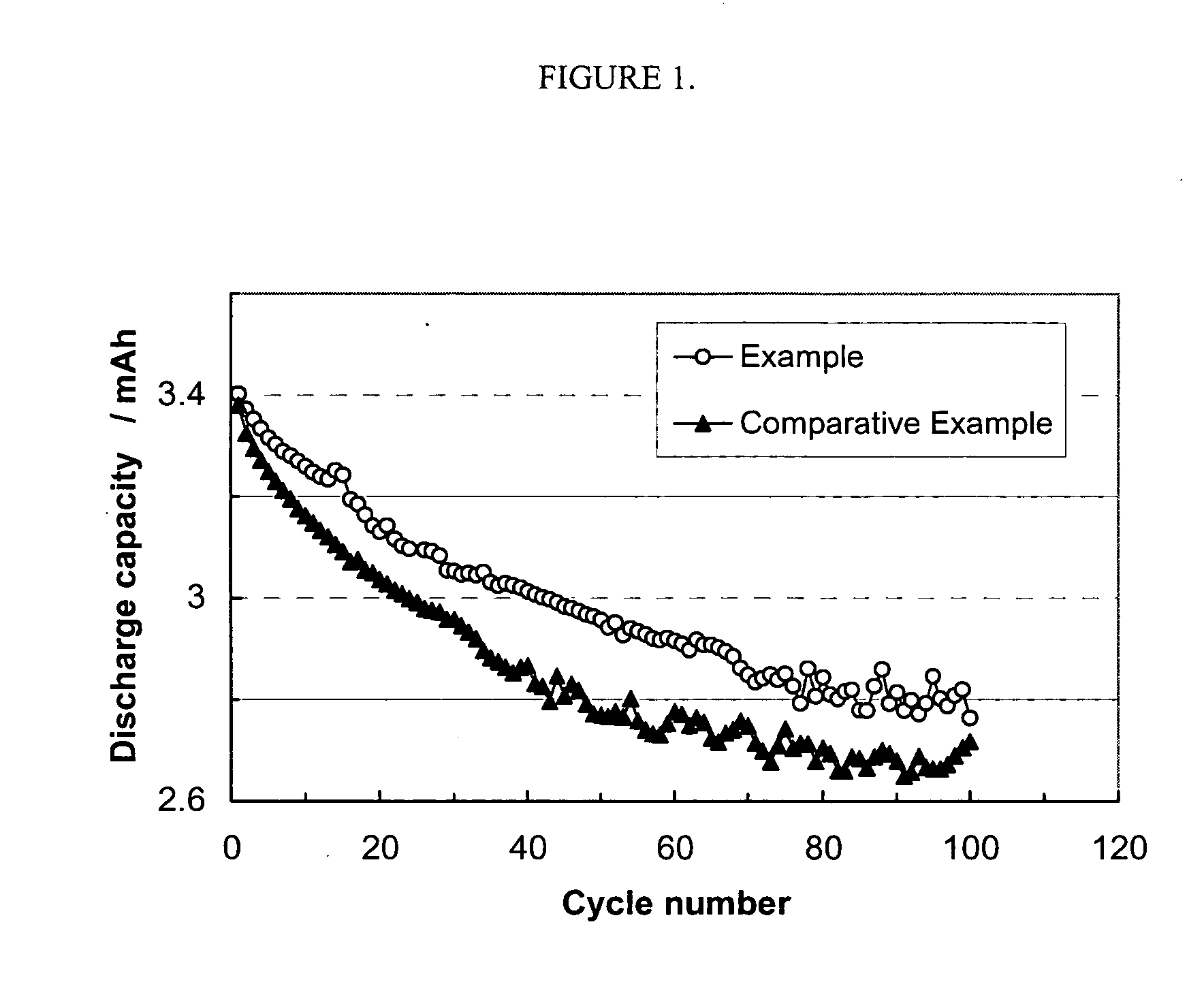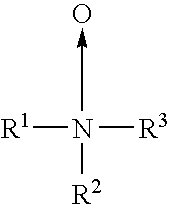Nonaqueous electrolytic solution for electrochemical cells
a technology of electrochemical cells and electrolysis solutions, which is applied in the manufacture of non-aqueous electrolyte cells, cell components, and final products. it can solve the problems of poor battery performance, undesirable water and hydrogen fluoride (hf), and inability to thermally stable and readily decompose, and achieve high discharge capacity retention and long cycle life.
- Summary
- Abstract
- Description
- Claims
- Application Information
AI Technical Summary
Benefits of technology
Problems solved by technology
Method used
Image
Examples
Embodiment Construction
[0014] The following embodiments describe the preferred modes presently contemplated for carrying out the invention and are not intended to describe all possible modifications and variations consistent with the spirit and purpose of the invention. These and other features and advantages of the present invention will become more readily apparent to those skilled in the art upon consideration of the following detailed description that described both the preferred and alternative embodiments of the present invention.
[0015] Trialkyl amine oxides, or tertiary amine oxides, are generally known as organic surfactants. Such surfactants are widely commercially used as additives for products such as shampoos, hair conditioners, soaps, dish and laundry detergents, cleaners, fabric softeners, gasoline, agricultural formulation, deodorant sticks, cellulose extrusion products, and thermoplastic resins.
[0016] It is also known that trialkyl amine oxides are strongly hygroscopic. Further, the nitr...
PUM
| Property | Measurement | Unit |
|---|---|---|
| temperature | aaaaa | aaaaa |
| diameter | aaaaa | aaaaa |
| diameter | aaaaa | aaaaa |
Abstract
Description
Claims
Application Information
 Login to View More
Login to View More - R&D
- Intellectual Property
- Life Sciences
- Materials
- Tech Scout
- Unparalleled Data Quality
- Higher Quality Content
- 60% Fewer Hallucinations
Browse by: Latest US Patents, China's latest patents, Technical Efficacy Thesaurus, Application Domain, Technology Topic, Popular Technical Reports.
© 2025 PatSnap. All rights reserved.Legal|Privacy policy|Modern Slavery Act Transparency Statement|Sitemap|About US| Contact US: help@patsnap.com



